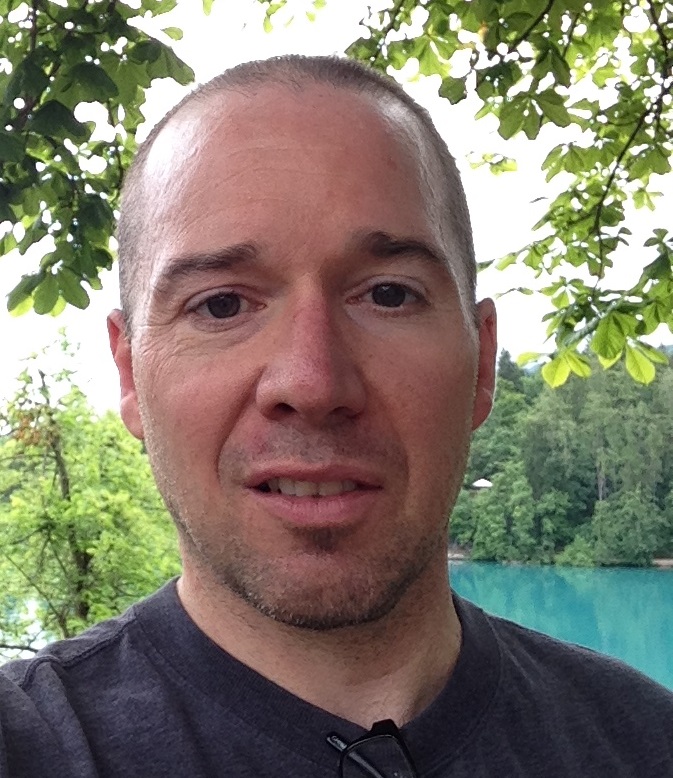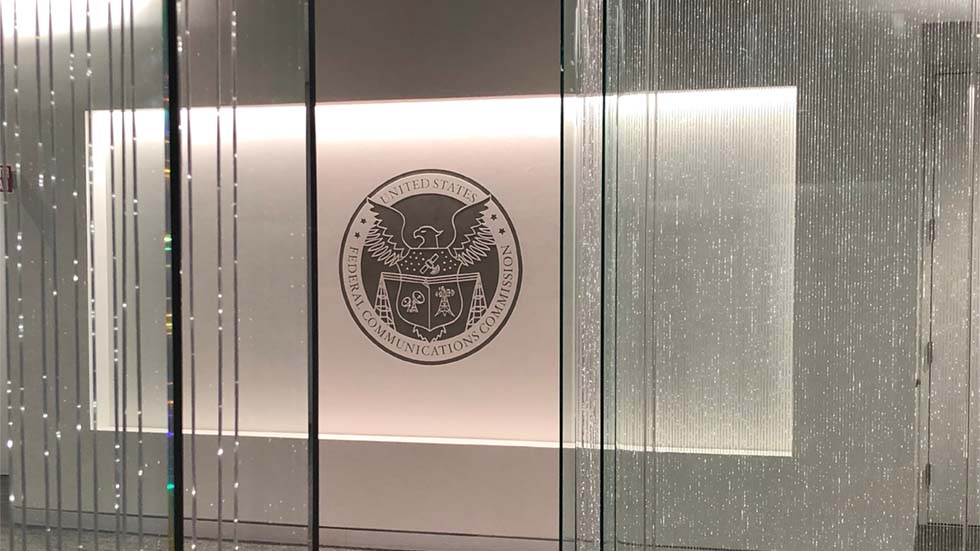A Different Pedigree
Broadcasters have been adding ‘new media’ to the business model for more than a decade now, with various levels of success. Sometimes platform expansion goes the other way, however. Consider 24sataTV, a successful 24/7 TV news channel started by 24sata, a well-established Croatian newspaper and online news provider.
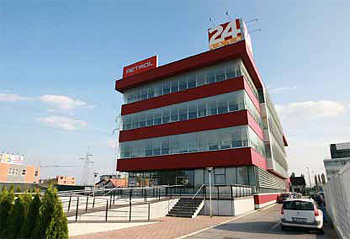
24 sata’s print and online operations are themselves relatively young. The operation started in 2004 as a daily newspaper and website, and by 2008 it was the top-selling daily in Croatia. Today, the newspaper sells about one million copies per day, with the website achieving more than 700,000 daily hits.
24sataTV began operations in 2009. This was an opportune time, as channel-in-a-box systems were really starting to gain acceptance then, and a variety of ‘budget-friendly yet broadcast-ready’ acquisition and editing tools had matured. Today, the budget station’s audience stands at around 400,000 viewers daily watching on cable, satellite, IPTV and digital terrestrial platforms.
Flash TV?
Initially some thought was given to broadcast a TV channel using Web technology (Flash or something similar) because 24sata already had a news website running on the Flash platform.
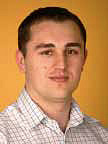
Tomislav Klarić “They approached us with that idea and we suggested that it would be better for broadcasting to use a proven broadcast technology such as the OASYS suite of products,” says Goran Omrcen-Ceko, Chief Technology Officer with Croatian broadcast solution provider RoBaGo, and also one of the founders of ON-AIR Systems, now called OASYS. “(This) could be tightly integrated with the existing content management system (CMS), which at that time was used only for print and web.”
Development and design teams from 24sata, OASYS and RoBaGo were able to launch a channel within one month. Since the launch the station’s underlying technology has seen a steady evolution and expansion, including a CMS designed specifically for the TV channel, the addition of a live studio, enriched graphics, and ever-increasing integration of all parts of the chain to support a fast-paced news TV channel.
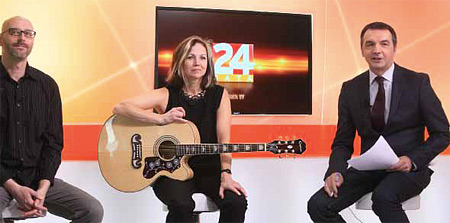
OASYS automated playout software is used. OASYS scheduling and graphics integrate with the CMS used in 24sata’s newsroom. The CMS was modified to enable journalists to automatically publish and update content both on the Internet and on the TV channel. RoBaGo and 24sata use functions including RSS and XML feed retrieval and automatic schedule updates as an interface to fully integrate playout control, media management and content updates.
24sataTV relies on a staff of about 30 journalists to broadcast from RoBaGo’s playout facility in Zagreb, with RoBaGo providing only a standard small playout maintenance crew. All updates, such as content, media files and playlists are done over the Internet. In addition 24sata has an OASYS Player system situated in the studio that plays content during the live news bulletins, which run for 10 minutes on the hour, 24 hours a day.
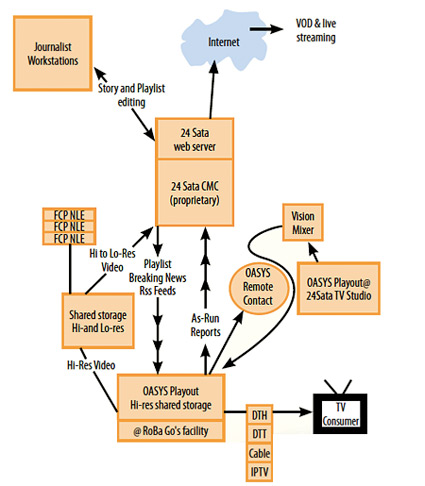
24sataTV brings its content to Croatian viewers in a budget manner that uses a variety of technologies to put out a quality product at low cost. One example is the minimal investment in a graphics generator----24sataTV has found that the OASYS software provides what is needed. “Every show can have its template of graphics,” says Tomislav Klarić, CEO, 24sataTV.
The station has relied on its print journalists to learn the basics of making news for TV consumption.
Klarić said that the journalists' training was fairly simple, mainly consisting of education on how to use the CMS and its functionalities. “The CMS is an essential tool for making news clips and generating playlists on a day-to-day basis,” says Klarić. “Because the CMS itself is a user-friendly web-based tool, the education for journalists was not greater than a two hour presentation followed by a Q&A session."
Acquisition: Keeping Costs Down
A bit less than 50 percent of the station’s content comes from outside sources. About 30 percent is (raw) Reuters material, 10 percent is material exchanged with local TV stations, and 5 percent is user-generated content (UGC), typically videos made on smartphones or point-and-shoot cameras with HD video options.
UGC content has to go through an encoding process first. “We use Adobe Media Encoder. After it is encoded into .mov file format it can be imported into Final Cut Pro for editing, cleaning up and such according to the requirements determined on the spot,” says Klarić. The final 50 percent or more of the station content is created by 24sataTV.
The company recently acquired new Sony PMW-320K cameras using the XDCAM format in full HD at 35 Mbps. The studio is equipped with three Sony BRC-H700 cameras (controlled from the control room), and one Sony XDCAM EX PMW-EX3. During live airings a JVC KMH 3000, 12-input, 3-key SD/HD-SDI switcher is used.
Litepanels LED studio lighting provides soft, evenly distributed light, says Klarić, with less energy required to run the lights and also to cool the studio. “(This makes it) possible to move the panels closer to the ceiling so they won't be seen on TV during live programming.”
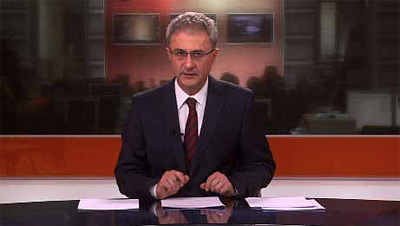
Anchor Sinisa Prica As for transferring content, shared raw footage is usually received via FTP servers. For video recorded by 24sata cameramen, the content is shared completely via the Internet using Streambox equipment and mobile or wired Internet. The home 24sata server encodes it before sending it to the control room for live airing. “This is used for sending footage that goes live immediately or sometimes for sending previously recorded footage if our cameraman doesn't have time to come to the newsroom to ingest it,” says Klarić.
24sata TV is currently in the process of implementing a CAT DV production system from Square Box Systems that will completely change the workflow process. The CAT DV system will serve as a comprehensive media asset management tool that will act as an integrator of all workflow activities from archiving and ingesting to creating news clips, leaving to the CMS only the activity of creating playlists for playout.
“This will speed up the whole production process while adding structure into the daily work of the whole staff,” says Klarić.
Get the TV Tech Newsletter
The professional video industry's #1 source for news, trends and product and tech information. Sign up below.
